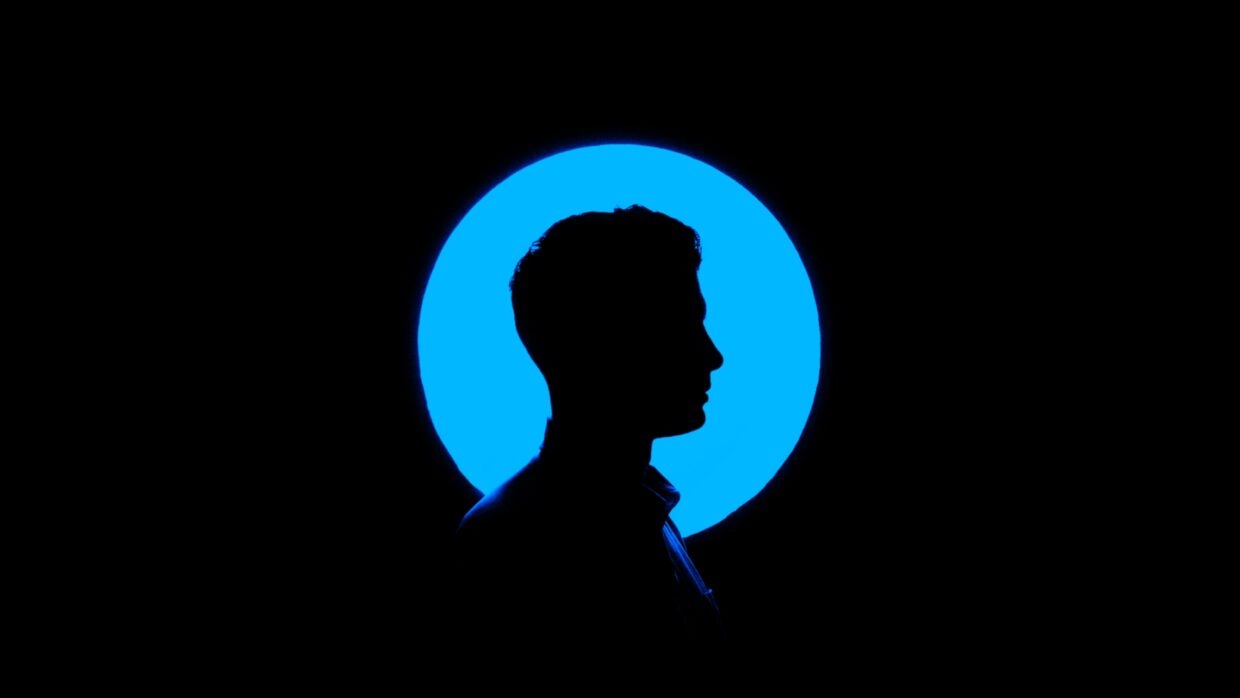What is a digital identity?
As Eric Stoller puts it simply, your digital identity is “your presence online, what you post and share, how you engage with and treat other people, is your footprint on the web. Everything you do on the web represents your digital identity” (Stoller, 2016). A digital identity is not only your footprint that you leave on the web, but it is also a form of identification. In the video of the Davos Press Conference, Nandan Nilekani remarks that India began the journey into the use of digital identity because of the need to make the delivery of public services more efficient for the people. Nilekani says it is a way to be inclusive, because many people in India did not have birth certificates or any form of ID, which they would need to migrate, travel or get a job (World Economic Forum, 2019). Having a digital identity gives people access to the digital world around us, which is constantly changing and evolving.
How do personal versus professional approaches to digital identity affect social media use?
When I consider a personal vs professional digital identity in social media, I immediately think of myself being a teacher. Since entering the education program in the fall of 2020, I did a bit of social media “cleansing” if you will. I googled my name and checked out what would come up when googled. There wasn’t anything bad, but a few photos that were pretty old of me, that I just didn’t want showing up under my name. I also made most of personal my social media accounts private. In addition, in the fall I created a professional twitter account, so I can follow a bunch of educational accounts and tags. I think that because I am becoming a teacher, I want my personal social media identity separate from my professional one. In my personal accounts, I post photos of myself (like selfies), and photos of my friends or anything I find interesting. It’s not that I post bad things, I just want my personal endeavours to be separate! When I use my professional accounts, I can focus only on educational topics, rather than having to worry about what myself or my friends are posting.
I think that this is what many people do, it helps us to remain private when we want to, and out there when we want to, posting about what we want to depending on the account we are utilizing and the types of things we are interacting with. When we use social media professionally, it is a way to make connections with other professionals in our field, without the intent of making deeper connections, though these professional accounts can also help us form connections for future work (Rajagopal, Kamakshi et al., 2012).
How do digital identities converge in networked publics – what are the impacts and/or benefits?
Before this course, I didn’t really know what a digital identity could be used for. I initially thought it was just our online persona, like what we post and interact with. Upon watching the 2019 Davos Press Conference, I was shocked to learn that digital identities are being used for much more than just social media use. In countries all over the world, and more specifically developing countries, digital identities are being used for a form of identification, as I mentioned previously. Upon reading the article about Estonia, I learned that the country is using digital identity for taxes (98% of Estonian’s file their taxes electronically), voting (casting their ballots by logging in with an E-card), health records (patients can access them online), and many more (Metadium, 2019). This is giving people an opportunity to not only be online, in a networked public, but also have easy access to government documents to help them in their daily lives. This is so cool! I think that the benefits outweigh the impacts, that these people in developing countries are getting access to this type of networking. Although I could see the potential impact of privacy, where some people may find that too much of their info is online. There could be the potential for a data breach, where thousands of people get their personal information leaked (this has happened before!). So I could see how that would be worrisome, but I think that overall, using a digital identity in a public setting is very beneficial, especially to those in developing nations.
References
Metadium. “How Estonia Is Pioneering The Digital Identity Space”. Medium, 2019, https://medium.com/metadium/how-estonia-is-pioneering-the-digital-identity-space-4008c709fbb8. Accessed 19 May 2021.
Rajagopal, Kamakshi et al. “Understanding Personal Learning Networks: Their Structure, Content And The Networking Skills Needed To Optimally Use Them”. First Monday, vol 17, no. 1, 2012. University Of Illinois Libraries, doi:10.5210/fm.v17i1.3559. Accessed 19 May 2021.
Stoller, Eric. “What Is Digital Identity?”. Youtube.Com, 25 November 2016, 0:20-0:34) https://www.youtube.com/watch?v=u0RryRbJza0.
World Economic Forum. “Davos 2019 – Press Conference The Value Of Digital Identity For The Global Economy And Society”. Youtube.Com, 5 February 2019, 13:05-13:22, https://www.youtube.com/watch?v=1-V7lyxrOmw. Accessed 19 May 2021.

hannahrochford May 19, 2021
Hi Emily,
I totally agree with what you said about the balance between personal accounts and professional accounts. As a future educator, I too made my Instagram private and made sure to google my name to see if anything showed up. I know what you mean about what you post isn’t “bad” or “inappropriate” it is more just about sharing personal pictures that do not have space or don’t really make sense in the professional world. When I am a teacher I am planning on making a teaching Instagram where I can post lessons, ideas, and network with other teachers but I also am planning on still having my personal Instagram and keeping that private.